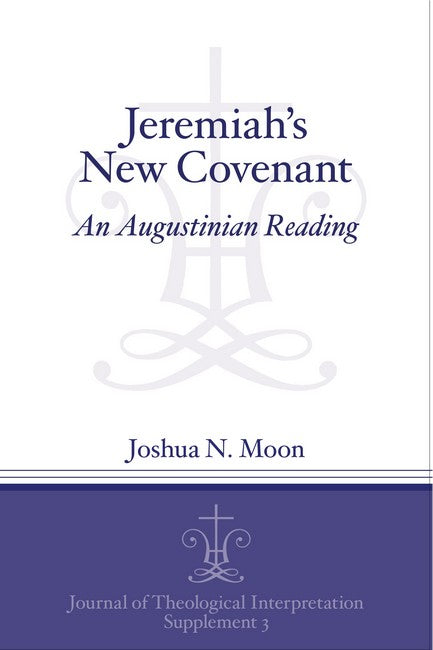Acknowledgments
I. Introduction
1. The ‘Augustinian’ Contrast
2. The ‘New Covenant’: A First Approximation
II. Jeremiah’s New Covenant in Jerome and Augustine
1. Jerome and the New Covenant
2. Augustine and the New Covenant as Mutatio Sacramentorum
3. Augustine and the ‘Salvific’ Contrast
4. Conclusions
III. Jeremiah’s New Covenant in High Medieval Theology
1. Thomas and the Mutatio Sacramentorum
2. Locating the Discussion in the Summa
3. ‘Law’ in Thomas: Natural, Human, and Divine
4. The ‘New Law’ in Thomas
5. Elsewhere in the High Medieval Tradition
6. Conclusions
IV. The Early Modern Reformed Tradition
1. An Augustinian Start: Philip Melanchthon
2. A Contrast of Accidents: Heinrich Bullinger
3. From Complexity to Simplicity: Oecolampadius
4. Augustinian Remnants (a): John Calvin
5. Augustinian Remnants (b): Peter Martyr Vermigli
6. Conclusions
Vth Century Reformed: The Continued Struggle
1. Caspar Olevianus
2. John Ball
3. Herman Witsius
4. Widening the Struggle
5. Conclusions
VI. The New Covenant in Modern Discourse
1. Bernard Duhm
2. The New Covenant in the Life Experience of the Prophet
3. The New Covenant in the Prophetic Traditions
4. The New Covenant and the Deuteronomists
5. A Renewed Covenant?
6. An Augustinian Heritage
7. Conclusions
VII. The Context of the New Covenant
1. The Oracle in the Book
2. The Broken Covenant
a. Jer 11:1-13
b. Jer 7:21-28
3. The Oracles of Restoration: chs-31
a. Jer 30:12-17
b. Jer 30:4-11
c. Jer 30:18-22
d. Jer 31
e. The Wider Book
4. Conclusions
VIII. Jeremiah’s New Covenant: Restitutio ad Integrum
1. The Broken Covenant: 31:31-32
2. The ‘New’ Covenant: 31:33-34
3. Conclusions
IX. Conclusions and Theological Directions
1. Unity of the Covenant
a. The New and Eternal Covenant (of Grace)
b. Qumran and the New Covenant
c. The Climax of the Covenant
2. Unity of the People of God
Works Cited
Indexes

